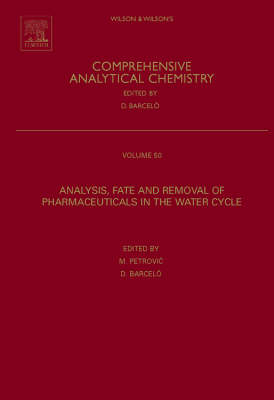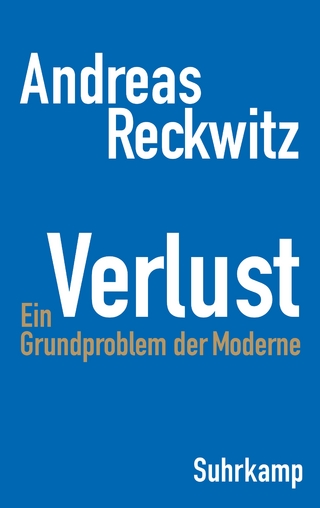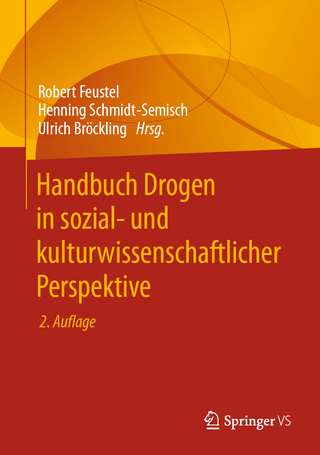
Analysis, Removal, Effects and Risk of Pharmaceuticals in the Water Cycle
Elsevier Science Ltd (Verlag)
978-0-444-53052-3 (ISBN)
- Titel erscheint in neuer Auflage
- Artikel merken
Pharmaceutically active substances are a class of new, so-called "emerging" contaminants that have raised great concern in recent years. Human and veterinary drugs are constantly being introduced into the environment, mainly as a result of the manufacturing process. Over time, this level of chemical input may lead to long-term concentrations and promote continual, but unnoticed adverse effects on aquatic and terrestrial organisms. Analysis, Fate and Removal of Pharmaceuticals in the Water Cycle discusses state-of-the-art analytical methods for trace determination of pharmaceuticals in environmental samples while reviewing the fate and occurrence of pharmaceuticals in the water cycle (elimination in wastewater and drinking water treatment). Focus is given to the newest developments in the treatment technologies, such as membrane bioreactors and advance oxidation processes.
Prof. dr. Barcelo Damia, Director of the Catalan Institute for Water Research (ICRA) and Professor at the Institute of Environmental Assessment and Water Research (IDAEA), Barcelona, Spain. His expertise is in water quality assessment and management, fate, risk and removal of emerging contaminants in wastewater treatment plants and analysis, fate and risk of emerging contaminants and nanomaterials in the aquatic environment. He published over 900 papers, 200 book chapters and has h index 91. He was a coordinator of several national and EU projects and at the moment he coordinates two EU projects: GLOBAQUA , on multiple stressors in the aquatic environment and SEA-on-a-CHIP, on the development of sensor technolgies for emerging contamaints in marine aquaculture. He is CoEditor in Chief of the journal Science of Total Environment and the book series Comprehensive Analytical Chemistry, both form Elsevier.. Dr. Sandra Pérez Solsona, (80 publications and 17 book chapters; H-index=27), Barcelona (Spain). Since May 2005, research associate at the Institute of Environmental Assessment and Water Research IDÆA-CSIC in Barcelona (Spain). She has a Ph.D. in Chemistry from the University of Barcelona (2003). Postdoctoral researcher at the State University of New York at Buffalo (2003-2005). Her work is focused on studying the occurrence, distribution and degradation of pollutants in the aquatic environment. Use of advanced mass spectrometry techniques such as the hybrid techniques UPLC-QToF-MS and UPLC-QExactive-MS, for the structural elucidation of novel transformation products and metabolites of organic pollutants. She uses suspect screening and non-target approaches based on high resolution MS for the detection of polar emerging contaminants and for assessing their elimination and transformation in both natural processes and engineered systems. She has been involved in different EU projects (EMCO, SANDRINE and GLOBAQUA), NSF projects in EEUU and Spanish national projects (CEMAGUA and SCARCE). Principal investigator of CSI-Environment (Marie Curie Actions ITN CSI:Environment PITN-GA-2010-264329).
Proposed Contents1. Introduction: Pharmaceuticals in the Environment 2. Analysis of Pharmaceuticals as Environmental Contaminants 3. Fate and Occurrence of Pharmaceuticals in the Water Cycle4. Removal of Pharmaceuticals 5. Conclusions and Needs for Future Research
| Erscheint lt. Verlag | 3.9.2007 |
|---|---|
| Reihe/Serie | Comprehensive Analytical Chemistry |
| Mitarbeit |
Herausgeber (Serie): Mira Petrovic, Damia Barcelo |
| Verlagsort | Oxford |
| Sprache | englisch |
| Maße | 165 x 240 mm |
| Gewicht | 1240 g |
| Themenwelt | Sozialwissenschaften ► Soziologie |
| ISBN-10 | 0-444-53052-5 / 0444530525 |
| ISBN-13 | 978-0-444-53052-3 / 9780444530523 |
| Zustand | Neuware |
| Haben Sie eine Frage zum Produkt? |
aus dem Bereich



